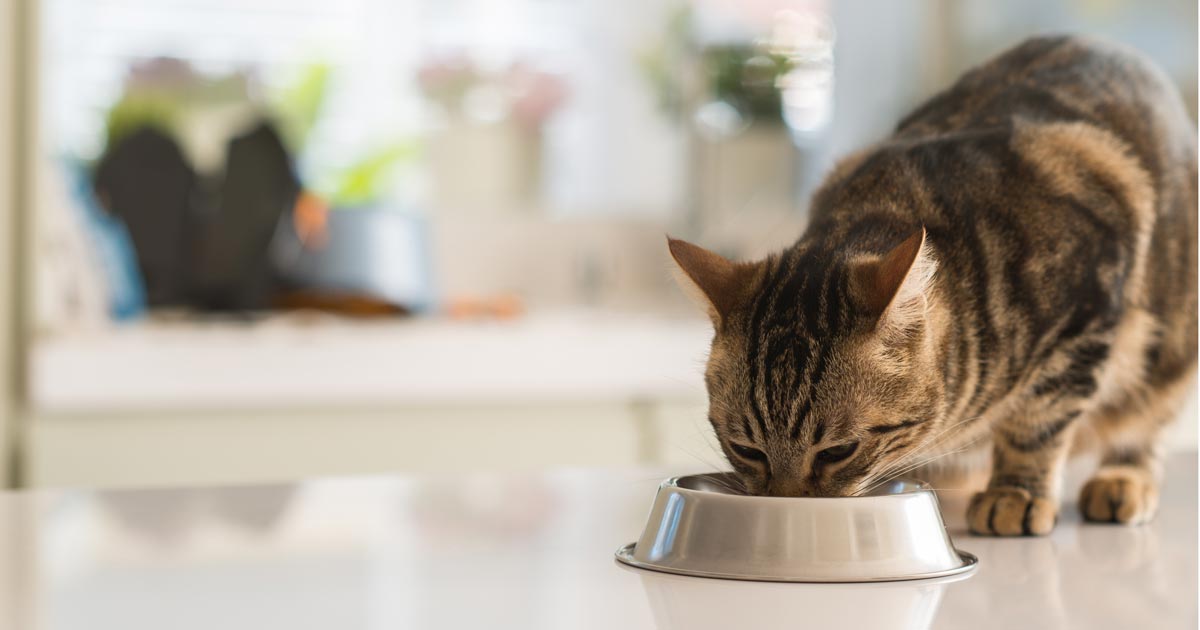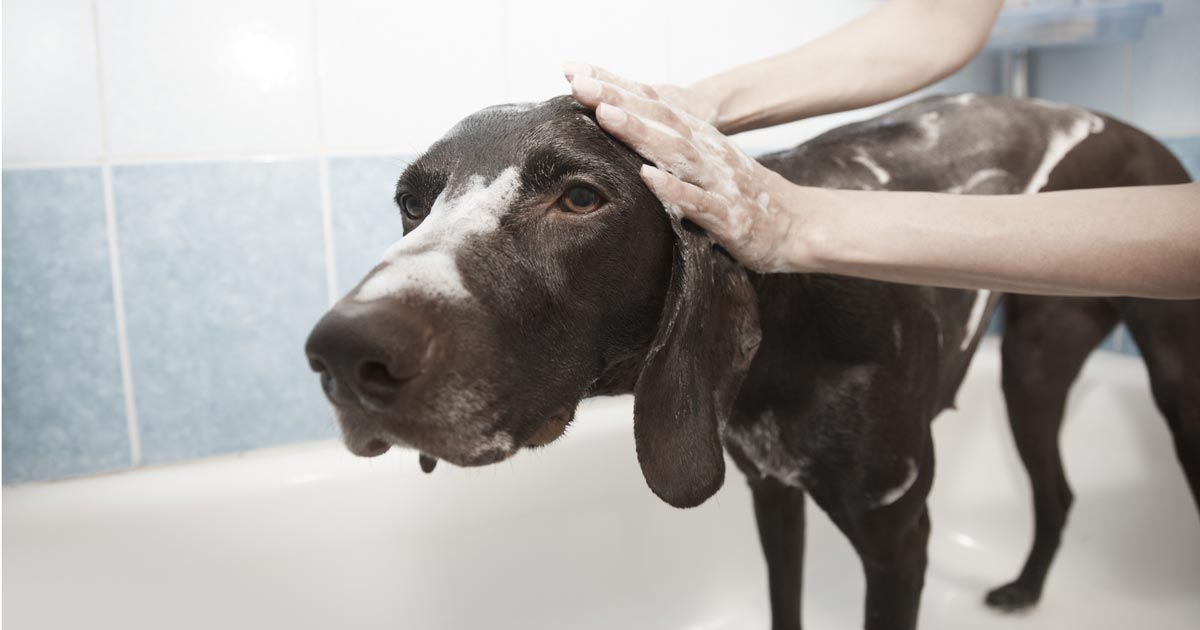Pet owning is carbon costly – not just in terms of veterinary care and treatment, but also due to their diet and the products we buy for them. But if we look at the bigger picture, we may find that pets could, in fact, reduce an individual’s carbon footprint due to the type of lifestyle he or she adopts to care for them.
Dog owners, for example, may be less likely to travel frequently and more likely to walk with their dog rather than make short car journeys. As a result of this more active lifestyle, dog owners may be healthier and, therefore, less reliant on human health care services – which, in themselves, are extremely carbon costly.
So the question of pet ownership isn’t quite as black and white as whether or not we should have pets. What we can do, however, is try to reduce our carbon impact within the things we do as pet owners and aim to make pet owning more sustainable.
As discussed in a recent blog, sustainability is “meeting the needs of the present without compromising the ability of future generations to meet their own needs” – so how can we apply this to pet owning? We can consider a number of factors.
Food
First and foremost, we must not compromise the dietary needs of our pets. Cats are obligate carnivores and must not, under any circumstances, be fed a purely vegetarian diet. Dogs can manage without meat protein, but it is imperative they still receive the correct balance of nutrients to meet their own needs. The best way to achieve this is through feeding a complete diet, but we can choose sustainably sourced food brands.
Consider the type of meat the food contains:
- chicken has a lower carbon impact than beef
- if using pet food that contains fish, ensure it is Marine Stewardship Council certified, which guarantees the fish have been sustainably fished
- commercial pet foods are now also available that use insect protein, which is more sustainable than animal protein
Try to use metal food bowls, and ensure you weigh out food accurately to reduce waste.
And don’t forget the packaging – a number of recycling schemes for cat food pouches exist. If your practice isn’t already a collection point, consider becoming one. Better yet, switch to tinned cat food from which the packaging is more widely recyclable. Buying dry food in bulk is often cheaper and will ultimately use less packaging in the long run.

Toys
Avoid plastic toys. Instead, look for those made from more sustainable or recycled materials, such as hemp, bamboo or rubber. Cats love cardboard scratch toys, which can be recycled when they’re not wanted anymore.
Also consider making your own toys, such as knotted old clothes for pull toys for dogs, or build your own cat tree – just ensure you aren’t using anything that could end up as a foreign body.
Cleaning up
Look for biodegradable poo bags and more environmentally friendly cat litter, which should be made from newspaper or wood chips rather than clay or silica.
You could consider composting dog poo, but only if it is not going to be used for any plants/vegetables that you intend to eat, due to the risk of zoonotic parasites.
Exercise
Reduce your car usage by taking more walks close to home, rather than driving to exercise dogs. If you must drive, couple it with other errands that require a vehicle, such as shopping, so that you aren’t using the car specifically to walk the dog.
Consider dog coats made from recycled material.
Bath time
Quite simply, aim to use shampoos and grooming products that are biodegradable and less harmful to the environment.

Preventive medicine
As vets, we should all be advocates of preventive medicine (such as vaccination, worming and neutering) due to the health and welfare benefits for our patients, but encouraging clients to engage in preventive health care will also help reduce the carbon impact of pets.
By preventing vaccinable disease and hormonally mediated diseases, we are avoiding the high carbon cost of treating these conditions, and therefore benefiting the environment in the long term.
Perhaps promoting preventive health care from the angle of sustainable pet owning will encourage some pet owners who may otherwise have been reluctant to engage for the health benefits alone.

Leave a Reply